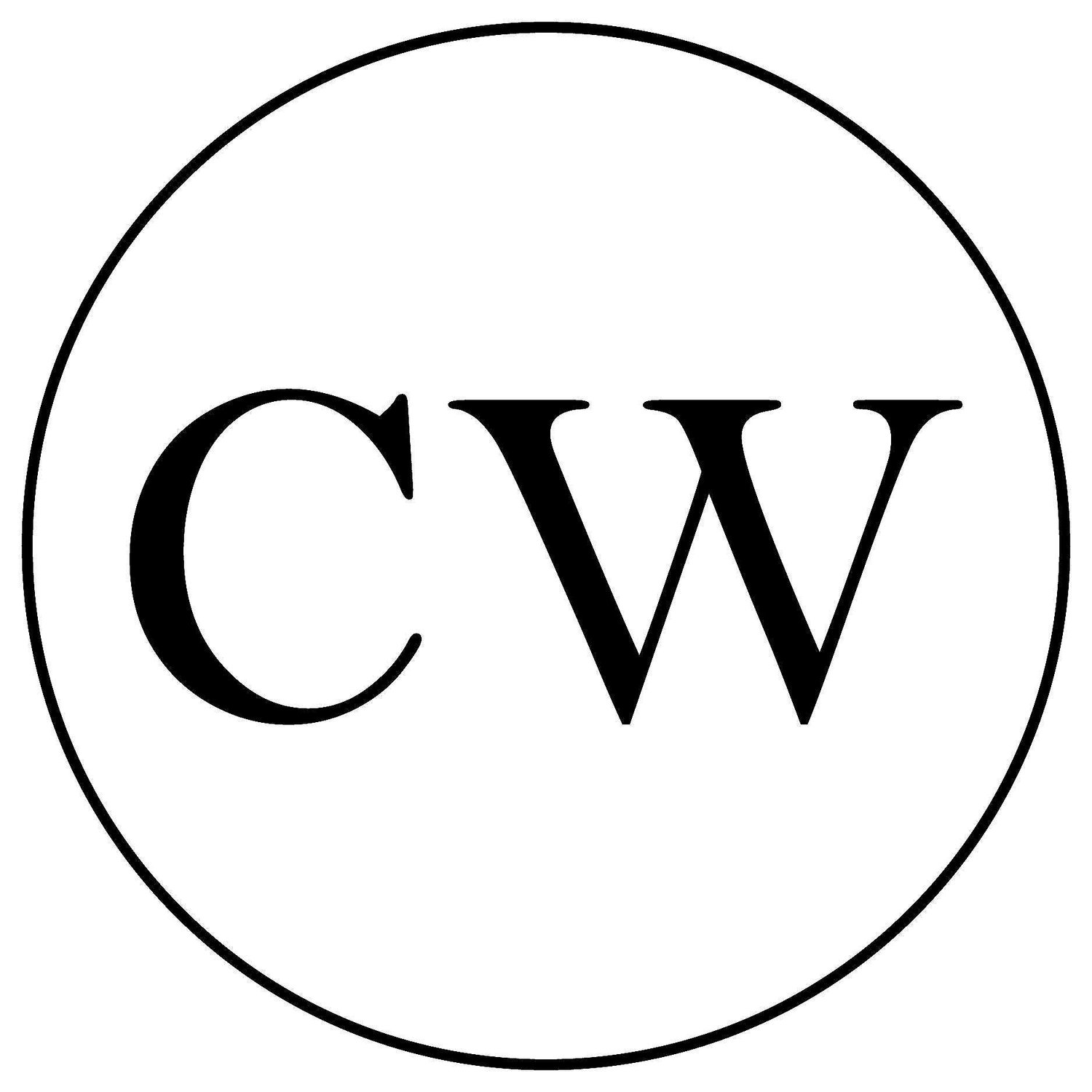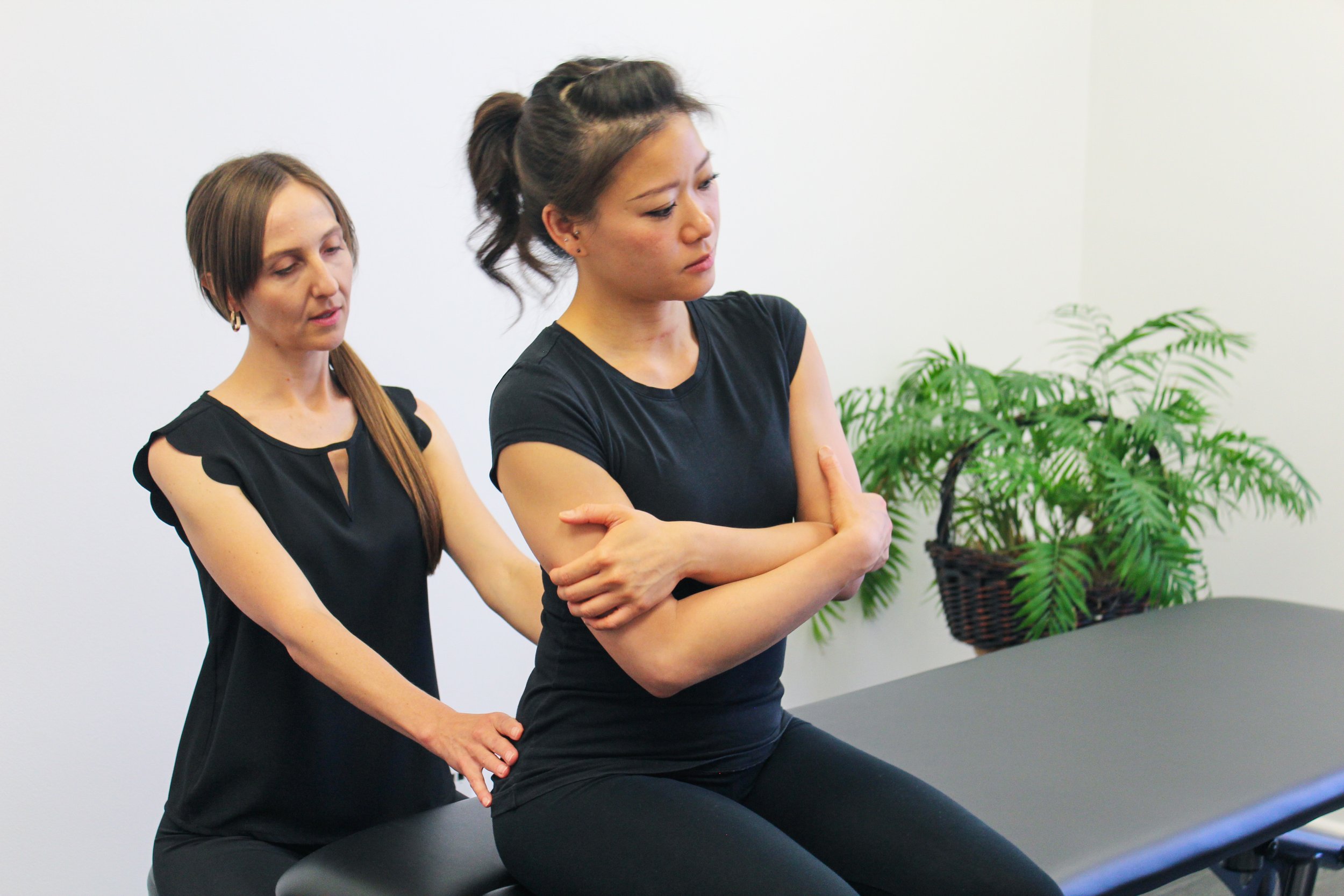Osteopathic Manual Therapy for Back Pain
Back pain, whether acute or chronic, can cause discomfort that impedes daily activities. Osteopathic treatment has gained prominence in managing and alleviating back pain, often times when other treatment modalities have offered no relief. Manual osteopaths look for the root cause of symptoms, and aim to permanently resolve back pain.
What is Osteopathy?
Osteopathy is a non-invasive manual therapy practiced without pharmaceutical medication that seeks to restore overall well-being by manipulating and strengthening the musculoskeletal framework. It is a whole body approach that emphasizes the structural and functional integrity of the entire system. A manual osteopath practitioner’s aim is to positively influence nervous, circulatory, and lymphatic systems with gentle manual techniques to promote self-healing and overall well-being.
Courtney Wood (M.OMSc) is a Manual Osteopath, Registered Holistic Nutritionist & Pilates Instructor. She graduated in 2020 from the Canadian Academy of Osteopathy & is a member of the Ontario Osteopathic Association. She also graduated from the Canadian School of Natural Nutrition in 2013 & is a fully certified Pilates & Yoga instructor. She offers classical Osteopathic treatment in Toronto. Call to book an appointment (416) 795-7144
Understanding Back Pain
Back pain is a widespread complaint that may originate in different ways: muscle strains, ligament sprains, herniated discs or medical conditions can all play a part. Pain levels range from mild discomfort to debilitating - in terms of affected locations it could include the lower back, upper back, or neck. Nerves such as the sciatic nerve (leading to sciatica), can sometimes be involved. Issues that can originate in the back, can cause symptoms in other areas of the body, like painful leg discomfort that has the ability to limit daily life activities such as work, physical activities and overall quality of life.
Back pain may be caused by numerous conditions, some more serious than others. Here are a few commonly occurring reasons:
Muscle Strain: Overexertion or sudden movements can strain back muscles, leading to pain in your lower back area.
Ligament Sprain: Due to injuries or awkward movements, ligaments can stretch or tear resulting in discomfort for their wearers.
Herniated Disc: When spinal discs experience pressure from compressing nerves and bulging outward, the soft center may extrude outward, leading to backache.
Spinal Stenosis: Narrowed spinal canals may lead to pain-inducing compression of spinal cord and nerves, creating discomfort.
Osteoarthritis: With age comes joint wear and tear which may result in pain and stiffness for our spinal joints, leading to discomfort and immobility in the form of stiffness or pain in our backbones.
Scoliosis: Scoliosis is an abnormal sideways curvature of the spine which, when severe, can result in back pain.
Osteoporosis: Weakened bones may lead to fractures and backache in elderly individuals.
Sciatica: Damage or compression to the sciatic nerve can result in excruciating back and leg pain, tingling sensations or even numbness that spreads down into both bodies.
Ankylosing Spondylitis: This form of arthritis affects the spine and may result in stiffness and pain, making moving difficult or inducing discomfort.
Kidney Stones: Kidney stones may cause backache if they occur near nerves around your kidneys.
Infections: Spinal or surrounding tissue infections can result in backache and other symptoms like fever.
Fibromyalgia: A condition which results in widespread discomfort throughout the body - including in the back.
Endometriosis: For women, endometrial tissue that grows outside their uterus can result in back discomfort during menstruation - particularly at menstruation time.
How Can a Manual Osteopath Practitioner Help with Back Pain?
1. Comprehensive Assessment: Sessions begin with an in-depth consultation and physical assessment of specific back pain symptoms before employing palpation - a highly trained technique of touch used to examine the musculoskeletal system for tension or misalignments - to analyze it further.
2. Tailored Plan: Following their assessment, a manual osteopathic practitioner creates a personalized therapy plan tailored specifically to each patient's needs and circumstances in order to facilitate healing.
3. Manual Techniques: Manual osteopathic practitioners use various manual techniques such as stretching, gentle pressure and resistance to manipulate muscles, soft tissues and joints. A practitioner’s skilled hands work to restore proper alignment and balance to the musculoskeletal system thereby encouraging natural healing processes within the body.
4. Holistic Approach: Osteopathy takes a holistic approach to healthcare. A manual osteopath considers the entire body system and works towards alleviating the root cause rather than symptoms of discomfort.
5. Post-Treatment Expectations: After an Osteopathy session, patients can report experiencing soreness for 24-48 hours following a session. This discomfort is a natural response to manual work conducted during therapy and should subside gradually over time. Patients are encouraged to discuss any concerns or changes they experience with their osteopath during subsequent appointments.
How long are the sessions?
Initial appointments are 1 hour in length. Follow up appointments can be either booked for 30, 45 mins or 1 hour. The longer appointments are recommended if you’d like to go over self care exercises you can do at home, that are based on myofasical lines of movement.
Disclaimer
The content provided on this website is for informational purposes only. It is not a substitute for professional diagnosis, treatment or medical advice. There is no assurance or warranty regarding the accuracy and applicability of the content. Never ignore professional medical advice in seeking treatment because of something you have read on the website. If you think you may have a medical emergency, immediately call your doctor or emergency service.


